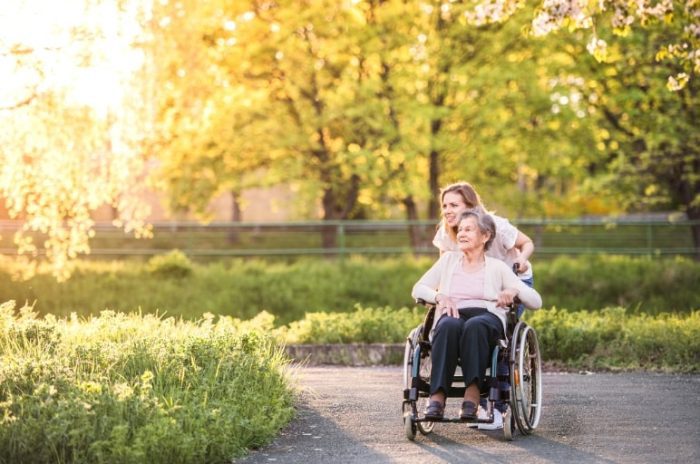10 Things You Might Not Know About UV Safety

As we age, our skin and eyes become more vulnerable to the harmful effects of ultraviolet (UV) radiation. While most people are aware of the basics of UV protection, such as using sunscreen, there are many lesser-known aspects that are equally important. This blog post delves into ten critical points about UV safety, particularly for the elderly, to help you stay protected and informed.
Unexpected Sources of UV Exposure
While the sun is the most obvious source of UV radiation, there are several unexpected sources that can also pose risks. Fluorescent lighting, for instance, emits a small amount of UV light. Additionally, UV radiation can reflect off surfaces like windows, water, and even concrete, increasing your exposure.Medications That Increase UV Sensitivity
Certain medications can make your skin more sensitive to UV radiation. Common prescriptions that can heighten UV sensitivity include antibiotics, diuretics, and some anti-inflammatory drugs. Always check with your doctor or pharmacist if your medications might increase your UV sensitivity and take extra precautions if necessary.Protection Doesn’t End With Sunscreen
While sunscreen is a crucial part of UV protection, it’s not the only measure you should take. Wearing protective clothing, wide-brimmed hats, and UV-blocking sunglasses can significantly reduce your exposure. Look for clothing with a high Ultraviolet Protection Factor (UPF) rating for the best protection.Cloudy Days and UV Risks
Many people assume that cloudy days are safe from UV exposure, but this is a common misconception. Up to 80% of UV rays can penetrate through clouds, meaning you can still get sunburned on an overcast day. It’s essential to wear sunscreen and other protective gear even when the sun isn’t shining brightly.Long-term Effects of UV Exposure
Beyond the immediate risk of sunburn, long-term UV exposure can lead to serious health issues. These include cataracts, macular degeneration, and other eye problems. UV radiation can also suppress the immune system, making you more susceptible to infections and other illnesses.Indoor UV Exposure
Believe it or not, you can be exposed to UV radiation indoors as well. This can happen through windows that let in UV rays or from indoor tanning devices. Consider using UV-blocking window film to reduce your indoor exposure.Seasonal UV Variations
UV radiation levels can vary significantly with the seasons. While UV rays are stronger in the summer, they can still be harmful in the winter, especially at higher altitudes or when reflecting off snow. Keep up your UV protection year-round.The Importance of Reapplication
Many people apply sunscreen once and forget about it for the rest of the day. However, sunscreen needs to be reapplied every two hours, or more often if you’re swimming or sweating. This ensures continuous protection from UV radiation.UV Protection for the Eyes
Your eyes are just as susceptible to UV damage as your skin. Wearing sunglasses that block 100% of UV rays can protect your eyes from cataracts and other eye conditions. Make sure your sunglasses provide adequate coverage and fit well to prevent UV rays from entering from the sides.Incorporating UV Protection Into Daily Life
Incorporating UV protection into your daily routine can be simple and effective. Wear sunscreen daily, even on cloudy days. Choose clothing with built-in UV protection, and make a habit of wearing sunglasses and a hat when outdoors. Being mindful of your medication’s effects on UV sensitivity and taking appropriate precautions can also go a long way in keeping you safe.

